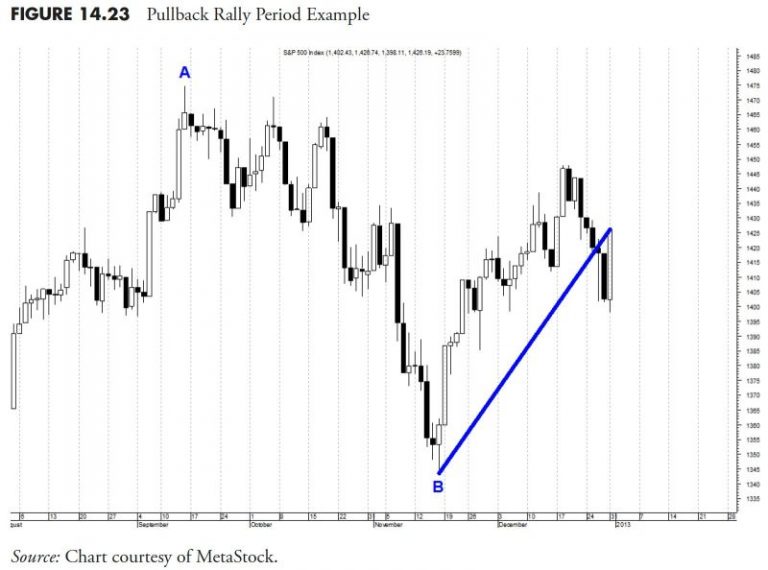In the world of finance and investing, having a structured approach to security selection is crucial for success. When it comes to managing money through rules-based strategies, the process of selecting securities requires careful consideration and adherence to specific guidelines. In this article, we delve into the intricate details of security selection rules and guidelines to help investors navigate the complex landscape of financial markets effectively.
1. **Define Clear Objectives:**
Before delving into security selection, it is essential to have a clear understanding of the overall investment objectives. Whether the goal is capital preservation, growth, or income generation, aligning security selection with these objectives is critical for the success of the investment strategy.
2. **Risk Assessment and Tolerance:**
Risk is an inherent part of investing, and different investors have varying levels of risk tolerance. It is imperative to assess the risk profile of each security under consideration and evaluate whether it aligns with the investor’s risk tolerance. Factors such as volatility, market conditions, and external influences should be considered while analyzing risk.
3. **Fundamental Analysis:**
Fundamental analysis plays a significant role in security selection, focusing on the underlying financial health and performance of a company. Investors should scrutinize factors such as earnings potential, growth prospects, competitive positioning, and industry dynamics to assess the intrinsic value of the security.
4. **Technical Analysis:**
In addition to fundamental analysis, technical analysis can provide valuable insights into the short-term price movements and market trends of a security. By studying price charts, volume patterns, and technical indicators, investors can make more informed decisions regarding entry and exit points.
5. **Diversification:**
Diversification is a key risk management strategy that involves spreading investments across different asset classes, sectors, and geographies. When selecting securities, investors should aim for a well-diversified portfolio to mitigate risk and enhance overall returns.
6. **Liquidity Consideration:**
Liquidity refers to the ease with which a security can be bought or sold in the market without significantly impacting its price. Investors should pay attention to the liquidity of the securities under consideration to ensure that they can enter and exit positions seamlessly.
7. **Valuation Metrics:**
Valuation metrics such as price-to-earnings ratio, price-to-book ratio, and dividend yield can provide insights into whether a security is undervalued, overvalued, or fairly priced. By analyzing these metrics, investors can make more informed decisions about the attractiveness of a security.
8. **Stay Informed:**
Staying abreast of market developments, economic indicators, and company-specific news is crucial for effective security selection. Timely information can help investors identify opportunities and risks that may impact their investment decisions.
By following these security selection rules and guidelines, investors can enhance the effectiveness of their rules-based money management approach and increase the likelihood of achieving their investment objectives. The key lies in thorough research, disciplined decision-making, and a strategic focus on aligning security selection with the overall investment strategy.



